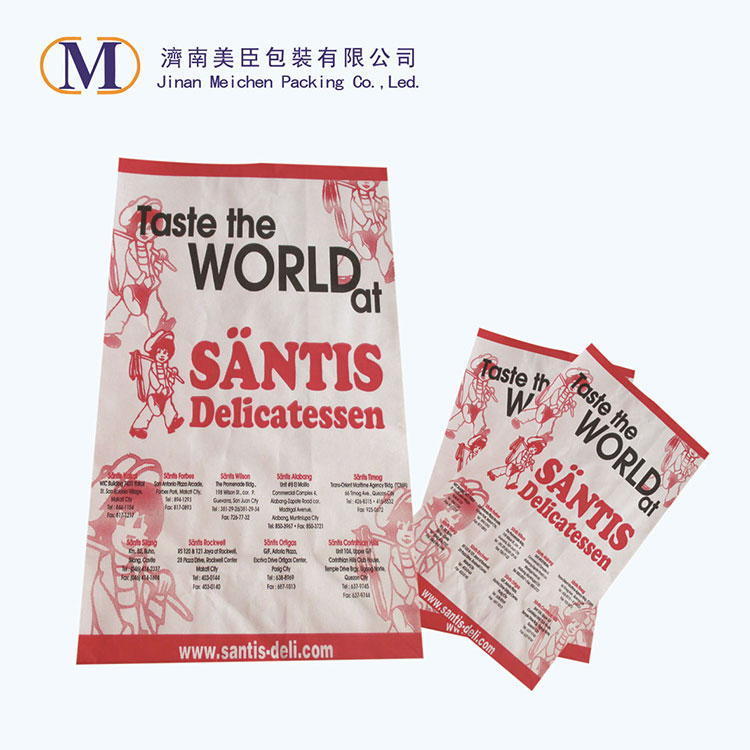The History of Kraft Paper Bags
2021-08-20
The history of kraft paper bags
As early as the 19th century, when the large-scale retail industry was not yet born, people usually purchased all daily items in the grocery store near their work or residence. Those daily necessities are packed in wooden barrels, cloth bags or wooden boxes and shipped to the grocery store in bulk, but how to sell them to consumers scatteredly is a headache. People can only go shopping with baskets or homemade linen bags. At that time, the raw materials for papermaking were still jute fiber and old linen cloth, with low quality and scarce quantity, which could not even meet the needs of newspaper printing. Around 1844, the German Friedrich Kohler invented the wood pulp papermaking technology, which greatly promoted the development of the paper industry and indirectly gave birth to the first commercial paper bag in history. In 1852, the American botanist Francis Waller invented the first paper bag making machine, which was then promoted to France, Britain and other European countries. Later, the birth of plywood paper bags and the advancement of paper bag stitching technology made cotton bags used for bulk cargo transportation replaced by paper bags.
Speaking of the first kraft paper bag for shopping, it was born in 1908 in St. Paul, Minnesota, USA. A local grocery store owner Walter Duvina, in order to promote sales growth, began to find ways to allow consumers to buy more things at once. Du Weiner believes that it should be a prefabricated bag that is inexpensive and easy to use, and can bear at least about 75 pounds. After repeated experiments, he locked the texture of the bag on kraft paper, because it uses the long conifer pulp of wood fiber, and in the cooking process, it is treated by chemically mild caustic soda and soda sulfide chemicals. The original strength of wood fiber is less damaged, so the final paper produced has tight connections between the fibers, the paper is tough, and can withstand greater tension and pressure without breaking. Four years later, the first kraft paper bag for shopping was born. Its bottom is rectangular, which has a larger volume than the traditional V-shaped bottom paper bag. A rope runs through the bottom and both sides of the bag to increase its load-bearing capacity, and two pull loops are formed on the upper end of the paper bag that are convenient for people to lift.




